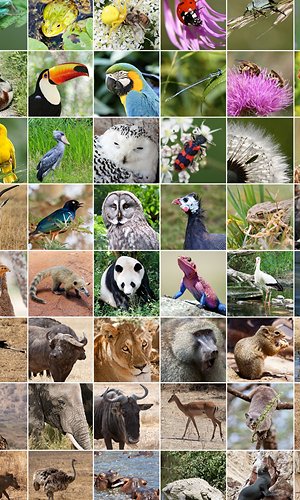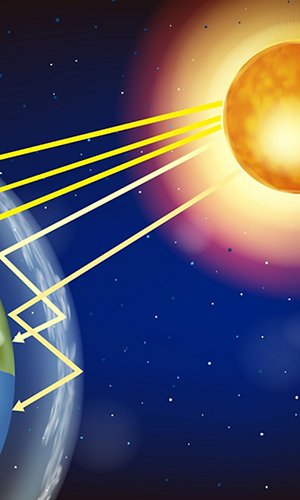In a recently published article (the link is below), Nature offers a list of the main proteins from non-animal, or nearly so, sources that are already part of our diet and the most promising ones that could feed billions of people in the near future while minimising the impact on the planet. Animal husbandry and meat processing have a significant impact on the environment: according to research by the University of Oxford, the global food system emits about 14 gigatonnes of greenhouse gases into the atmosphere every year, accounting for about a quarter of total emissions.
In top place is cultured meat, commonly, and erroneously, referred to as 'synthetic'. These animal tissues are cultivated from a handful of cells in large pots filled with a nutrient-rich hot broth. The advantages: this kind of meat makes do with small spaces and little water and does not require antibiotics. When produced with renewable energy, it reduces emissions almost to zero. The disadvantages: it is still expensive and its taste is not sufficiently similar to steak.
In second place is an evergreen, in the truest sense of the word: vegetable proteins that mimic animal proteins. Soya is certainly the most widely-used plant, but lately peas and sorghum, a cereal, are threatening to take over its leading role.
Third place is occupied by bacteria genetically modified to produce abundant proteins. For example, GMO microbes are used to obtain casein, the milk protein, and albumin, the egg protein.
In fourth place, growing in a damp corner, are genetically modified mushrooms that can produce milk and meat proteins. Fusarium venenatum, a filamentous fungus, produces morsels resembling chicken breast, while another fungus produces a protein used to make fish and bacon substitutes by fermenting wheat.
The protein in fifth place comes from the sea along with seaweed. The larger varieties are already part of traditional recipes, as sushi and wakame seaweed enthusiasts are well aware. On the rise is spirulina (Arthrospira platensis), a microscopic blue algae sold in tablets, powder, flakes or added to processed foods such as bread, which takes on a beautiful but somewhat disturbing greenish colour.
In seventh and last place are insects. On 3 January 2023, the European Commission gave the green light to house cricket derivatives to be marketed as food. Cricket flour for making bread and flat bread. The advantages of entomophagy (the eating of insects) are many, including hygiene and sanitary aspects. Unlike mammals, farmed insects do not harbour zoonoses, i.e. diseases that can be transmitted to humans. Insect farming involves limited economic investment, so it can become an advantageous development opportunity, affordable for everyone, particularly in poorer areas. Insects are not harmful to your health, your wallet and above all the environment. They are super sustainable! To make one kilo of steak you need eight kilos of fodder and 15 thousand litres of water, while to make one kilo of protein-rich insects you only need two kilos of organic material and a few litres of water. And we shouldn't forget that a hundred kilos of insects produces up to 100 times less greenhouse gas than a 100 kg pig.
What will the humans of the future eat? Let's pick up our forks and wait and see.





